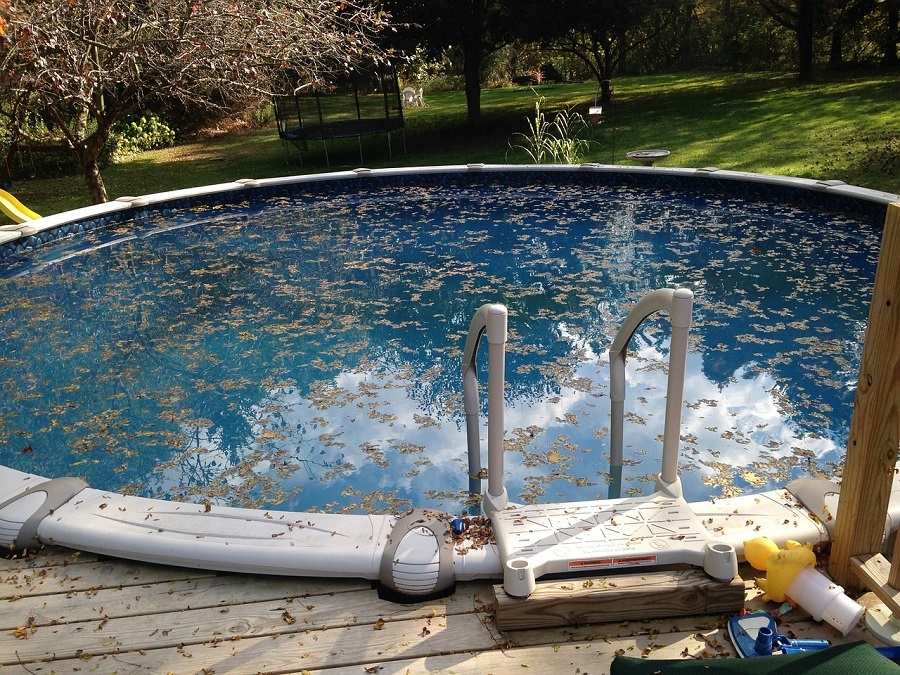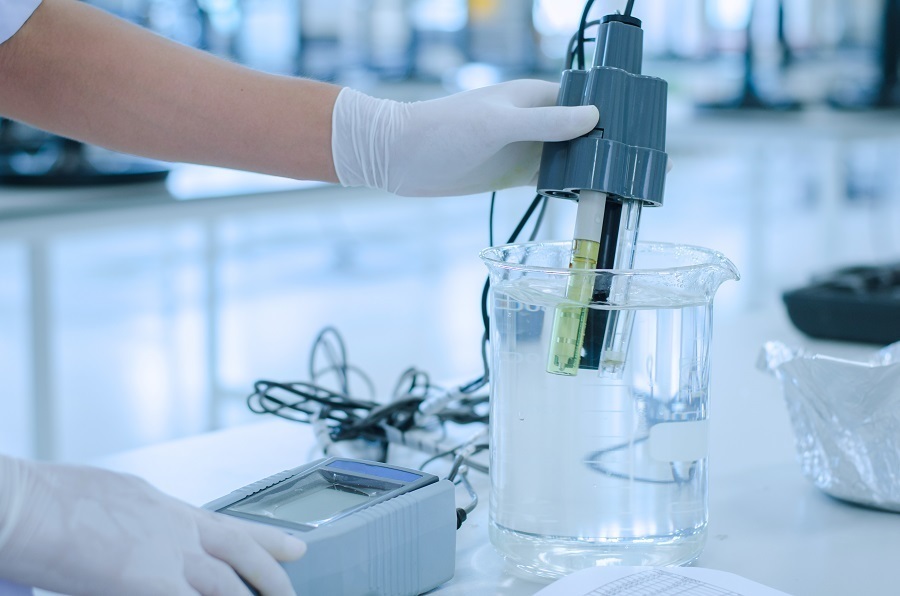Last updated on
So you’ve got an above ground pool installed in your backyard. It’s time to open it. Here’s how to do it the right way for the first time. Read on!
When you think of fun summer memories, chances are there is a pool involved. We all have experienced fun summer days splashing around with friends and family, learning a new trick off the diving board, or playing ‘Marco Polo’ for hours on end.
This is why American families have been installing above ground pools for many years. Not only are they far less expensive to purchase, install, and maintain than in-ground pools, but they also take up less room and can fit in smaller back yards.
If you have recently purchased an above ground pool for your home, it’s important to note that the process of correctly opening the pool is just as important as regularly cleaning it throughout the summer.
Here’s a handy guide to help you.
What's Inside
Make Sure Everything is Completely Ready

First, take a look at the exterior of your above ground pool and search for any signs of damage that needs to be repaired, such as dents, cuts, or scratches to the walls of the pool. This needs to be addressed before you worry about anything else.
Next, deep clean all of the surfaces and install any items which will be attached to your pool, such as:
- Ladders
- Slides
- Diving boards
- Pool covers
- Decks
- Filter covers
You should also clean out all of the large debris from the water, like any leaves or sticks. You can use a soft broom to loosen up any debris that is stuck to the bottom or sides of the pool.
If you are opening your pool after it was winterized, you will need to take out all winter plugs and accessories and remove the ice compensator. This step is not necessary if your pool was just installed and has not been winterized.
Prepare the Filter

Even if you have a brand-new filter, you should always inspect it to ensure it is working correctly and installed properly. Simply turn it on and listen for strange sounds and look to make sure that water is running through it smoothly.
Then, connect the skimmer to your pump and attach the return hose from the filter return port to the chlorinator – and power up the filtration system. Run the filter along with your pool vacuum so the water is completely cleaned before you move to the next step.
Be sure that your filter is set to WASTE so you can manually empty the skimmer once it is full. Once there is no more waste running from the filter, you can set it to the NORMAL or FILTER setting.
If you need to add in more water, now is the time. You can fill your pool up straight from the hose or can attach a hose filter so that the water is a bit cleaner.
Add in Your Chemical Supplies

There are a lot of pool chemicals – and each one serves a specific purpose. If you go to a pool supply store or even just look online, the options can be completely overwhelming!
So, if this is your first time with an above ground pool, you are probably wondering which ones you actually need.
First, you will need to purchase water testing strips that measure the chemical balance and pH or alkalinity level of the water. After an initial test to see your current water alkalinity levels, you will need to add the appropriate chemicals to ensure that water is safe and sanitary.
First and foremost, you have to add pool shock. This is the chlorine chemical solution used to kill contaminants like algae, chloramines, and bacteria in the water. It is recommended that you use 1 pound of pool shock for every 5,000 gallons of water. You can use a pool volume calculator to determine just how much you will need.
You will use shock along with chlorine tabs until the chlorine level is between 1 and 3 ppm. If the chlorine levels are too high, you can add chlorine stabilizer until it is within the appropriate range.
Next, you will need to add 12 ounces of algaecide per 5,000 gallons of water. This will help to keep your pool water crystal clear by preventing any algae from forming.
Test and Balance the pH

It is important that you test your pool’s pH levels frequently so you can add in the appropriate chemicals as needed. The pH level measures how much hydrogen is in the water and indicates whether it is more acidic or alkaline. The ideal level for an above ground pool is 7.2 to 7.8.
If the number is below 7, it means that the water is too acidic. It could start to corrode or rust any metal objects and be unsafe for swimming. If it is above 8, then the water chemical levels are too low and the chlorine will not be as effective for killing bacteria and algae.
Thankfully, it is fairly easy to adjust the pH level of your pool. In order to raise the pH, you should add 6 ounces of baking soda for every .2 pH points for a 10,000-gallon pool. If you need to lower the pH level, you can use sodium bisulfate or muriatic acid. These can be purchased at a pool supply store or online.
Many people dream of owning a pool, but they feel rather intimidated when it comes to the maintenance aspect. On the surface, it looks like a full-on science project that has to be done day-in and day-out. The good news is the process of opening a pool is pretty simple once you get the hang of it.




